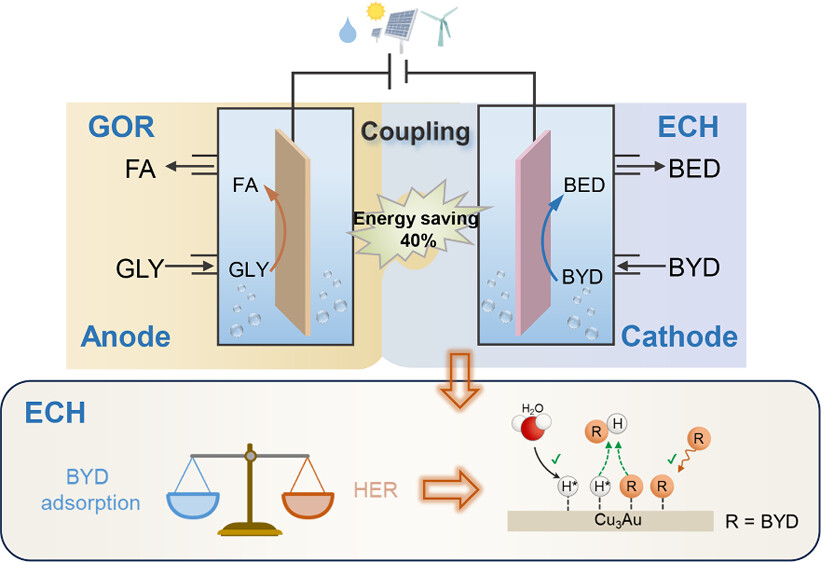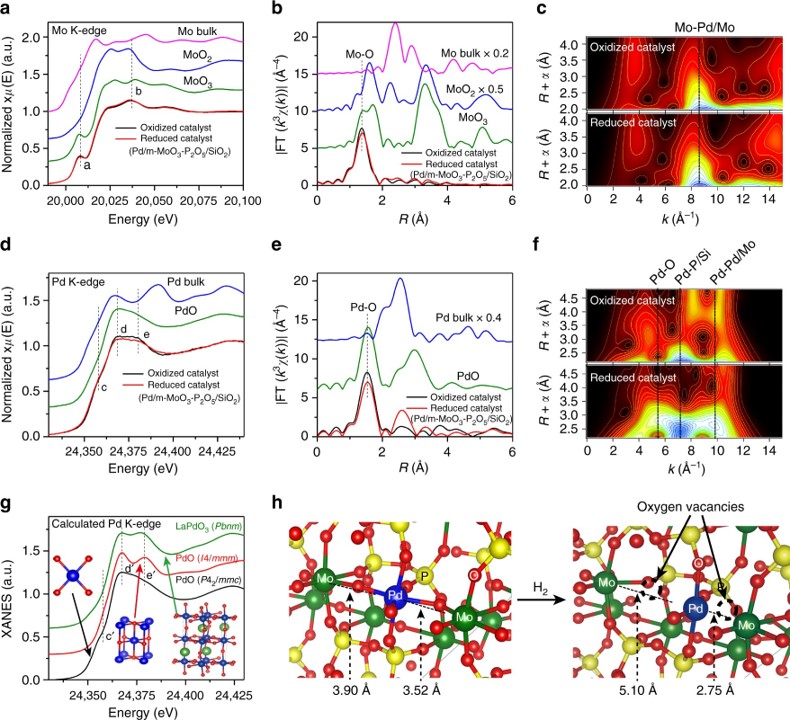66. Recent progress in upcycling of plastic wastes into value-added chemicals via photo-, electro- and photoelectro-catalytic strategies
Yuanbo Liu, Haohong Duan*
Fundamental Research, 2024.
DOI: 10.1016/j.fmre.2023.11.015

Abstract
Massive production but inadequate end-of-life management of plastics cause environment pollution and carbon resource wasting. It is desirable to develop sustainable approaches to transform plastic wastes into value-added products, termed plastic upcycling, with low energy consumption. In this context, photo-, electro-, and photoelectro-catalysis represent potentially sustainable approaches, because of mild operating conditions and possibility of incorporating renewable energy sources. In this perspective, we summarized recent advances of these approaches for plastic upcycling, with particular interest in polyesters and vinyl polymers because of their high market capacities. We focused on the design of reaction routes and understanding of reaction mechanisms, showing their high efficiency for plastic waste upcycling in different manners. Eventually, we proposed further direction and opportunities for these approaches towards practical application.
Massive production but inadequate end-of-life management of plastics cause environment pollution and carbon resource wasting. It is desirable to develop sustainable approaches to transform plastic wastes into value-added products, termed plastic upcycling, with low energy consumption. In this context, photo-, electro-, and photoelectro-catalysis represent potentially sustainable approaches, because of mild operating conditions and possibility of incorporating renewable energy sources. In this perspective, we summarized recent advances of these approaches for plastic upcycling, with particular interest in polyesters and vinyl polymers because of their high market capacities. We focused on the design of reaction routes and understanding of reaction mechanisms, showing their high efficiency for plastic waste upcycling in different manners. Eventually, we proposed further direction and opportunities for these approaches towards practical application.



